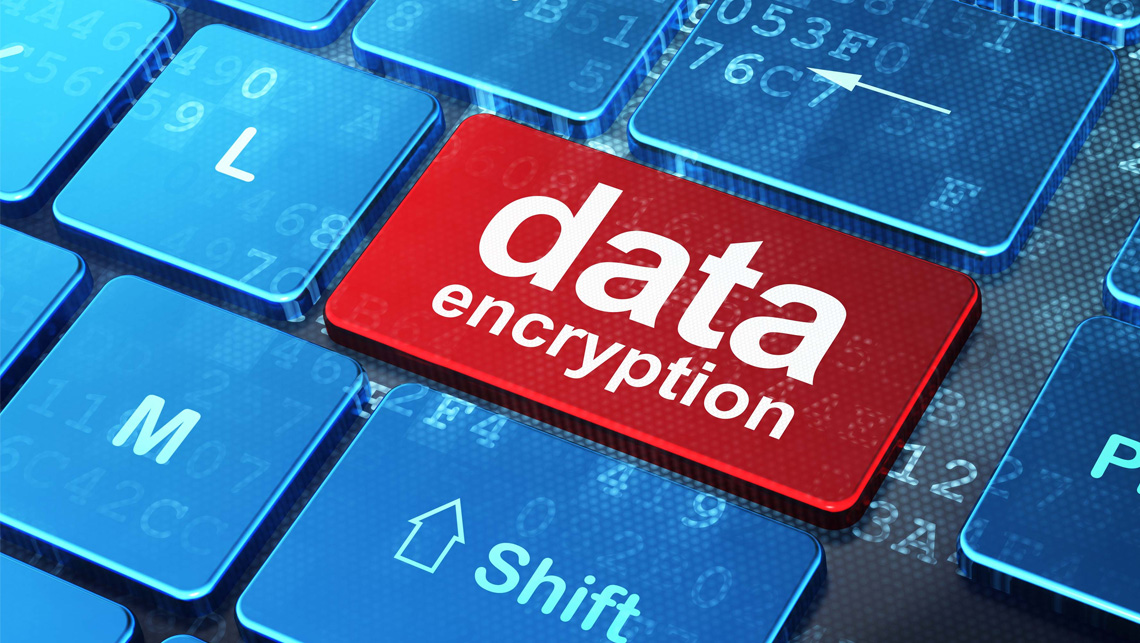Introduction:
In today's digital age, small businesses are increasingly reliant on technology to streamline operations, connect with customers, and drive growth. However, this digital transformation comes with the inevitable risk of cyber threats. Small businesses are often seen as attractive targets for cybercriminals due to their perceived vulnerability. Therefore, it is crucial for small business owners to prioritize cybersecurity to protect sensitive information, maintain customer trust, and ensure long-term success.
1. Employee Training and Awareness:
One of the weakest links in cybersecurity is often human error. Small businesses should invest in comprehensive cybersecurity training for all employees. This includes educating them about phishing attacks, the importance of strong passwords, and recognizing suspicious emails or links. Regular training sessions and updates can empower employees to be the first line of defense against cyber threats.
2. Use Strong Passwords and Multi-Factor Authentication (MFA):
Passwords are the keys to your digital kingdom, and using weak or easily guessable passwords puts your business at risk. Implementing strong password policies and encouraging employees to use complex passwords can significantly enhance security. Additionally, enabling multi-factor authentication adds an extra layer of protection by requiring additional verification, such as a code sent to a mobile device, beyond just a password.
3. Regular Software Updates and Patch Management:
Cybercriminals often exploit vulnerabilities in outdated software. Small businesses should regularly update operating systems, software, and applications to patch any security flaws. Automated patch management tools can streamline this process, ensuring that all systems are up to date and protected against the latest threats.
4. Secure Network Infrastructure:
Protecting the business network is paramount. Small businesses should secure their Wi-Fi networks with strong encryption and unique passwords. Use firewalls to monitor and control incoming and outgoing network traffic, and consider setting up a virtual private network (VPN) for secure remote access. Regularly monitor network activity to detect and respond to any unusual behavior.
5. Data Encryption:
Encrypting sensitive data adds an extra layer of security, making it difficult for unauthorized individuals to access or interpret the information even if they manage to breach the network. Implement end-to-end encryption for communications and use encryption tools for data at rest, especially on mobile devices and external storage.
6. Regular Data Backups:
Small businesses should establish a robust data backup strategy. Regularly back up critical data and ensure that backups are stored securely, preferably in an offsite location or cloud service. In the event of a cyberattack or data loss, having recent backups ensures quick recovery without significant business disruption.
7. Vendor Security Assessment:
Small businesses often rely on third-party vendors for various services. It's crucial to assess the cybersecurity practices of these vendors to ensure they meet the same standards expected within your business. This includes evaluating their security protocols, data handling practices, and overall commitment to cybersecurity.
8. Incident Response Plan:
Prepare for the worst-case scenario by developing an incident response plan. This plan should outline the steps to take in the event of a cybersecurity incident, including who to contact, how to contain the breach, and the process for restoring normal operations. Regularly test and update the incident response plan to adapt to evolving threats.
Conclusion:
Investing in cybersecurity is not just a cost for small businesses; it's an essential investment in the long-term success and sustainability of the company. By implementing these best practices, small businesses can significantly reduce their risk of falling victim to cyber threats and build a resilient digital infrastructure that fosters trust with customers and partners alike. Cybersecurity is an ongoing process, and staying vigilant is key to protecting your business in an ever-evolving digital landscape.



